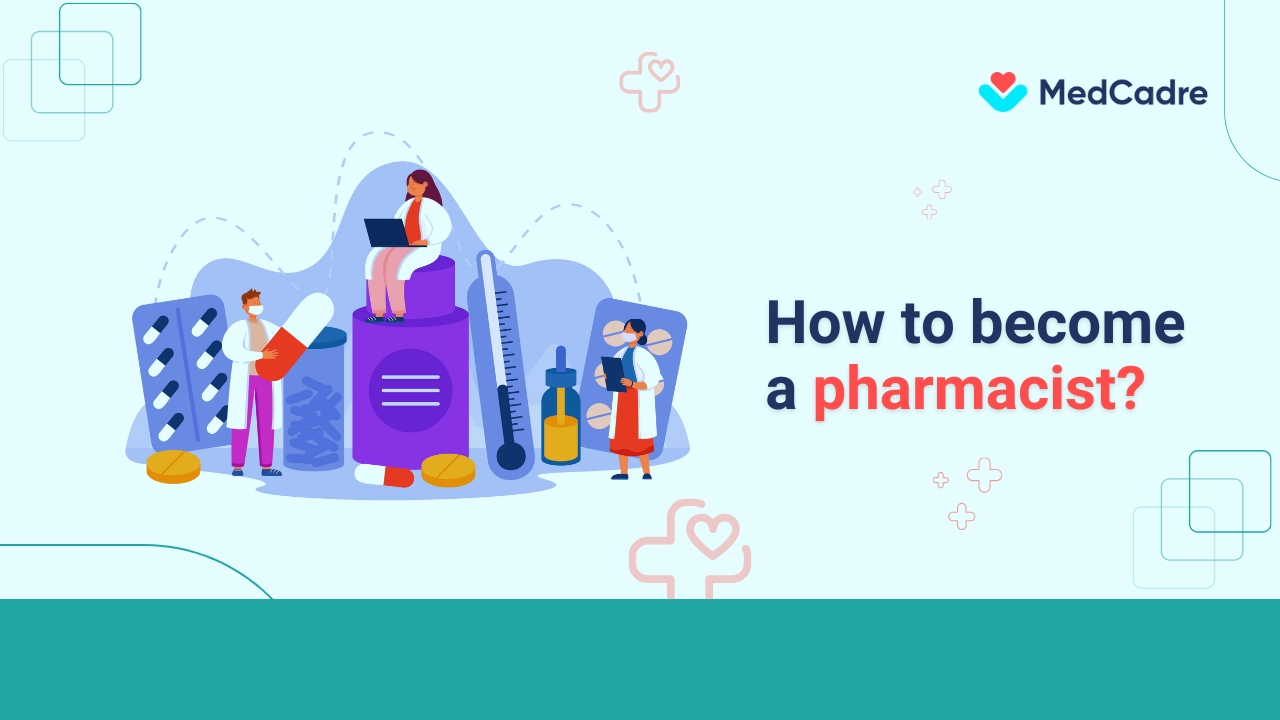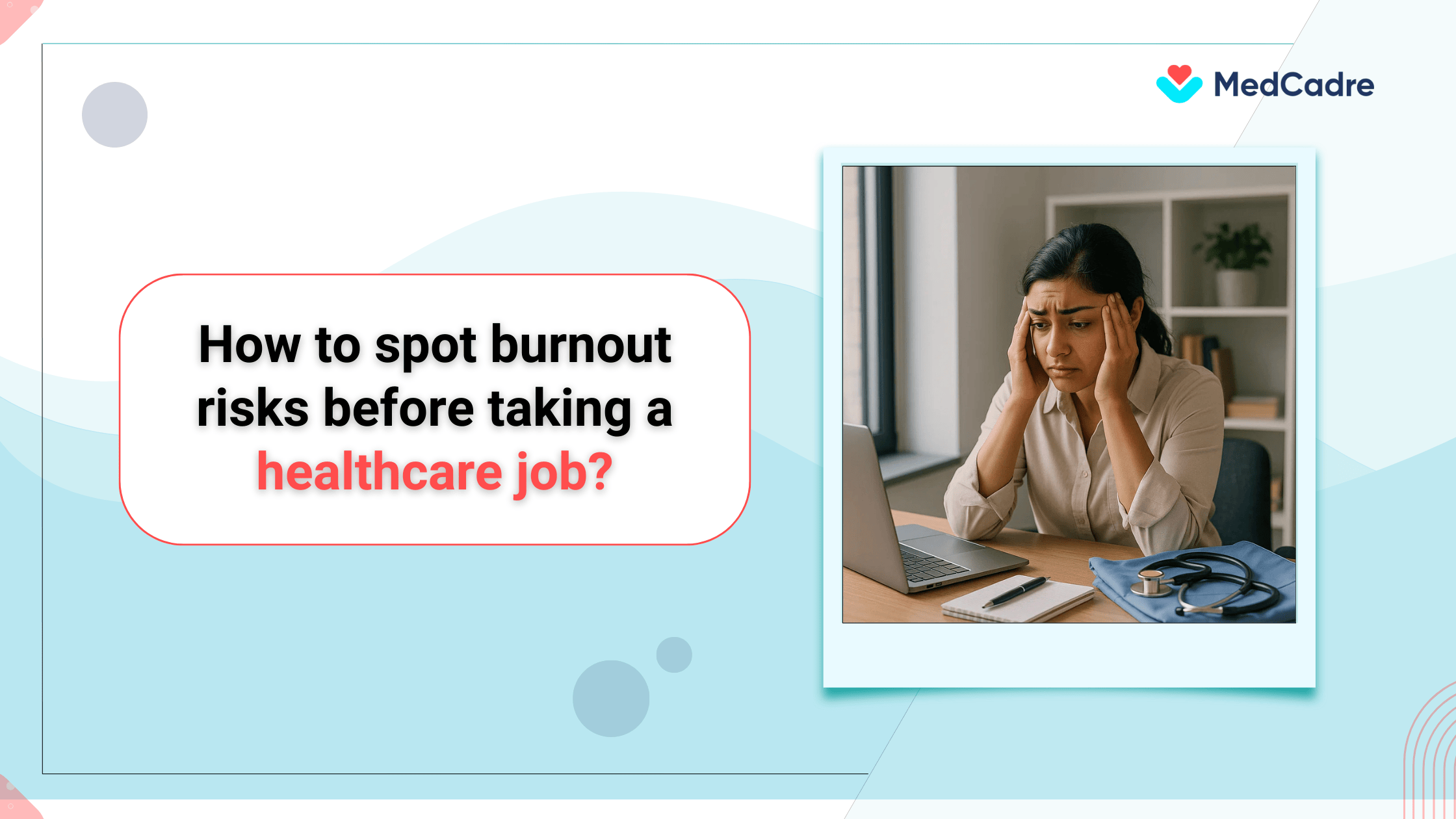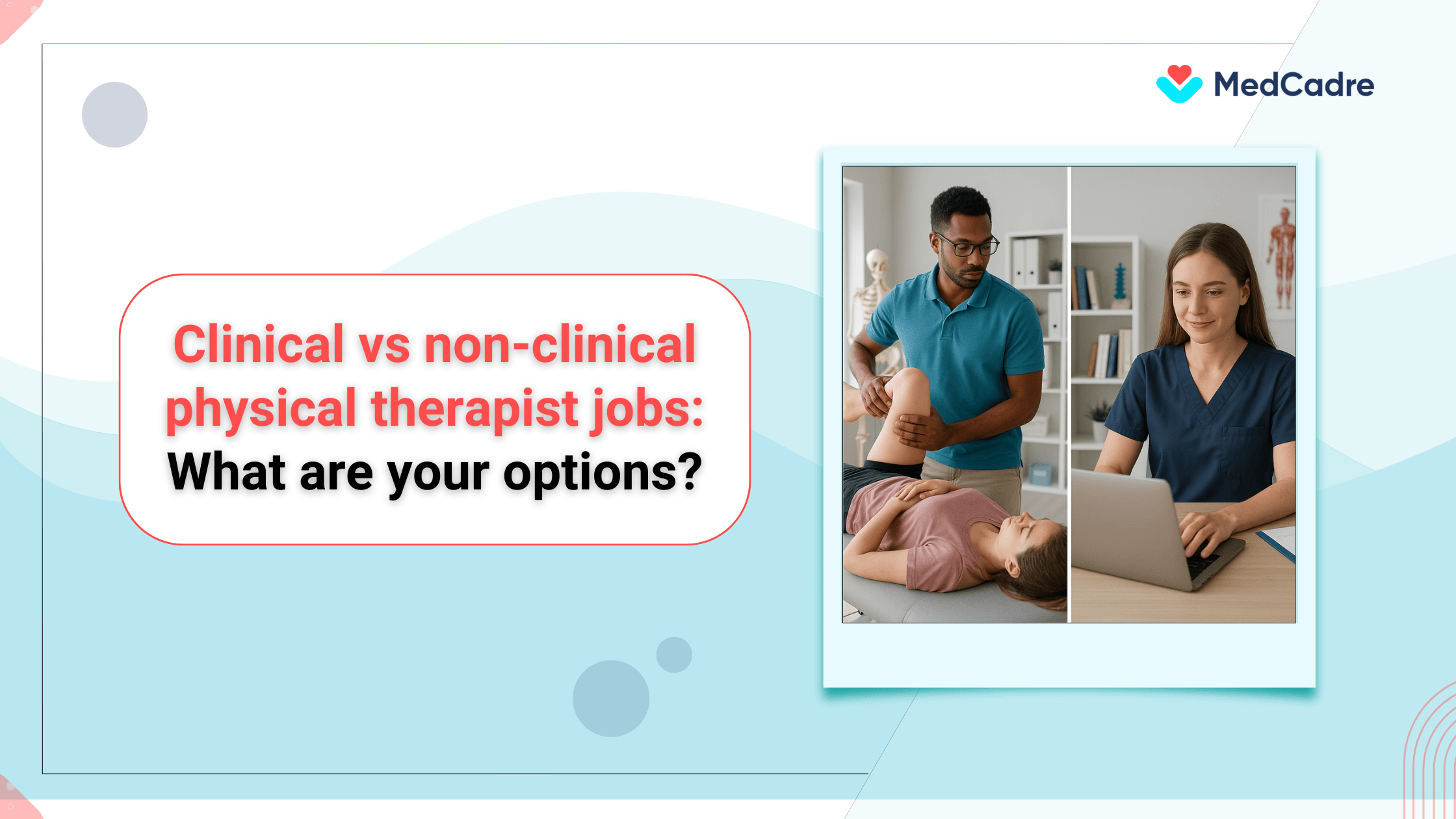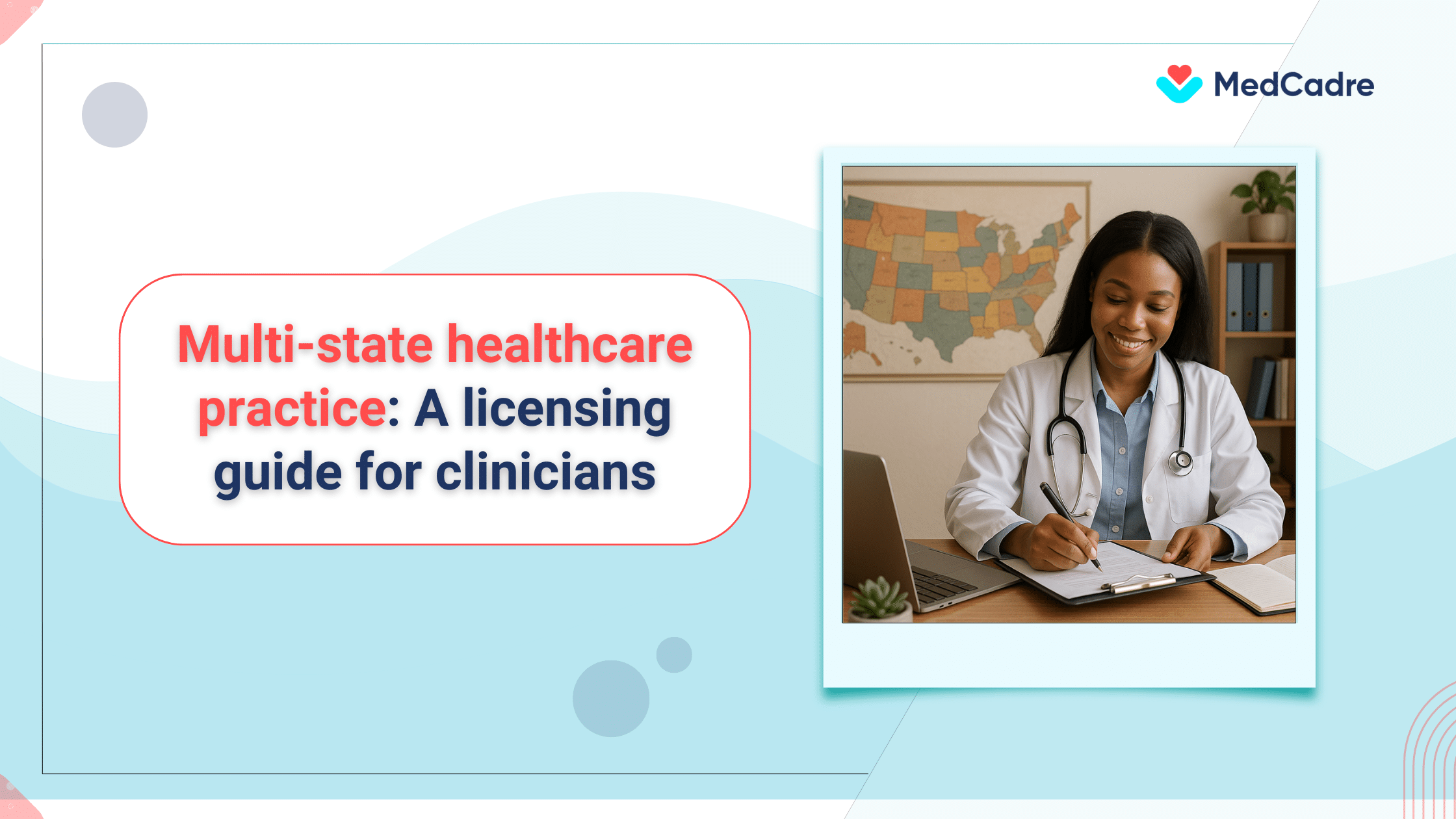A pharmacist is a healthcare worker who is expertly trained and specialized in the preparation, dispensing, and correct use of drugs. Your in-depth knowledge of the biochemical mechanisms of action of drugs, their therapeutic uses, potential side effects, and interactions with other medications is crucial. You play a key role as part of the healthcare team in providing medications to patients, ensuring that these are administered safely and effectively according to their individual needs. In this blog, we will explore how to become a pharmacist, detailing the education and training requirements necessary to achieve this career and what your responsibilities will be in caring for your patient’s health and safety.
Pharmacists perform a variety of essential tasks, including:
- Dispensing medications according to prescriptions from healthcare providers.
- Educating patients about proper medication usage and potential side effects.
- Monitoring patient health to ensure effective medication management.
- Administering immunizations and conducting health screenings.
- Compounding medications when necessary.
- Consulting with healthcare professionals to optimize drug therapy.
- Providing advice on over-the-counter medications for common ailments.
- Supervising pharmacy technicians and ensuring compliance with regulations.
By fulfilling all these responsibilities, you, as a pharmacist, help support public health and patient care, making your expertise invaluable in the healthcare system. Knowing how to become a pharmacist and what your role means is essential for anyone thinking about this career, as it shows how much you’ll affect patient health and the community overall.
Overview of pharmacy education and school selection
In the United States, pharmacy education follows a well-designed pathway that readies individuals for the profession by combining undergraduate coursework with advanced training. If you are aiming to become a pharmacist, you can start by completing at least two years of pre-professional coursework in subjects such as chemistry, biology, and mathematics. After that, you are supposed to attain a PharmD degree from an accredited school of pharmacy, which typically takes nearly four years to complete. The PharmD curriculum includes comprehensive pharmacology and medicinal chemistry training, clinical practice, and real-life internships at various healthcare centers.
Understanding the process of becoming a pharmacist is crucial, as it involves meeting specific educational and licensing requirements. Choosing an appropriate pharmacy school is very important for your journey. A program should be selected with care; factors to consider when selecting a program include accreditation, curriculum, faculty, and available clinical opportunities. The points below are detailed explanations of specific educational and licensing requirements.
- Accreditation: Ensure the college is accredited by the Accreditation Council for Pharmacy Education (ACPE).
- Curriculum: Check and review the curriculum to confirm it aligns with career goals.
- Faculty expertise: Research the qualifications and experience of the faculty teaching at the program.
- Hands-on experience: Look for programs that offer practical experience through internships or clinical rotations.
- Reputation: Check the school’s reputation and its graduates’ passing rate on the licensure test.
As an aspirant, you must also evaluate what kind of networking opportunities and connections you have within the healthcare community, as these will eventually be helpful in your future job placement and career advancement. By reviewing these factors, you will be better equipped to make informed decisions about your education and future career in pharmacy. Considering how to become a pharmacist also means thinking about the networking you’ll need along the way.
The importance of state licensure for pharmacists in the United States
To practice as a pharmacist in the United States, obtaining licensure is essential. Your licensure serves as a requirement to ensure you meet the established standards of education and competency. Every state has a board of pharmacy that governs this process. Generally, this includes obtaining a Doctor of Pharmacy degree from an accredited school, completing the required number of internship hours, and passing appropriate examinations.
State licensure ensures that you have the qualifications necessary for safe and effective patient care, thus protecting public health while maintaining the dignity of the profession. It also ensures uniformity in the quality of pharmaceutical services across different areas of the nation. Begin on the journey of how to become a pharmacist makes this licensure step critically important.
For example, in Texas, pharmacists must pass specific exams to obtain licensure and certification from relevant committees for foreign graduates. In contrast, California requires applicants to pass state-specific exams focusing on regulations.
Significance of NAPLEX and MPJE exams
The NAPLEX assesses a candidate’s knowledge and skills in pharmacy practice. The MPJE focuses on pharmacy law pertinent to the state where the candidate seeks licensure. These exams serve as necessary steps for acquiring licensure. Upon completion, they ensure that you, as a pharmacist, are ready to care for patients safely and efficiently. Additionally, some states have the California Practice Standards and Jurisprudence Examination (CPJE), specifically for those requesting licensure in California.
The successful completion of these exams is essential for your licensure. It also strengthens your ability to manage the complexities of pharmacy practice within different jurisdictions. This opens more opportunities for you as an aspiring pharmacist. Moreover, the exams play an important role in maintaining public health standards. They ensure that licensed pharmacists like you possess clinical knowledge and legal understanding, which are essential for fulfilling pharmacy qualification requirements. One must fully understand this process to become a pharmacist.
Exploring the varied career paths in pharmacy
Pharmacy provides a wide array of careers for those who have preferred to provide health care or other aspects of the health sector. As a graduate, you can find jobs in general community and hospital settings, as well as in research and regulatory affairs specialties. These paths are unique areas through which your professional growth and impact on patients can be attained as a pharmacist, and thus, you play a vital role in healthcare and its improvement. How to become a pharmacist is just the beginning, opening doors to these diverse and impactful roles. With the information added below, you will learn about different types of pharmacies
Community pharmacy:
- Dispensing medications and providing drug information.
- Offering clinical services like vaccinations.
- Managing pharmacy operations.
Hospital pharmacy:
- Collaborating with physicians on patient care plans.
- Monitoring patient outcomes and adjusting medications.
- Participating in clinical rounds.
Specialty pharmacy:
- Managing therapies for complex conditions.
- Providing patient education for medication adherence.
- Coordinating care with healthcare providers
Promising job outlook and competitive salaries for pharmacists in the U.S.
Pharmacist employment prospects remain positive in the United States, with a 5% increase predicted between 2023 and 2033 in comparison to average growth in other occupations. According to the U.S. Bureau of Labor Statistics, that is going to create approximately 18,300 openings in the field yearly. Mostly, these come from replacement rather than growth based on retirements or people shifting to other lines of work. We can also get an idea if we know what a pharmacist does; we will get an idea of their salaries.
The average salary of a pharmacist was estimated at around $136,030 annually as of May 2023. This reflects the profession’s critical nature and high educational requirements. Given that a Doctor of Pharmacy (Pharm.D.) degree is typically required for entry into this field, pharmacists can expect stable careers with competitive pay and consistent demand for their expertise. The following table highlights the growth and promising outlook for pharmacists in the USA over the last 5 years.
Growth and promising outlook for pharmacists in the USA (2019-2023)
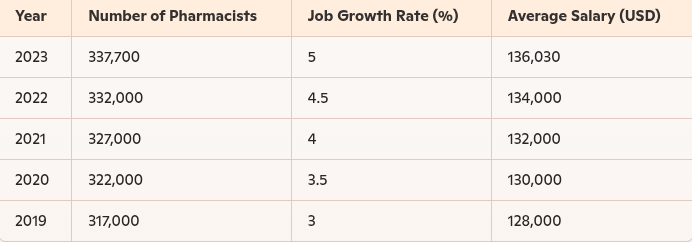
Source: www.bls.gov
Continuing education requirements for pharmacists in the United States
Continuing education and professional development are critical components for pharmacists in the United States to ensure that their skills remain competent and updated with the latest developments in the field. According to ISBE, pharmacists have to take a minimum of 30 hours of continuing education over two years. Many opt to take more so that they have the best training and knowledge available. There are many accredited programs, including some from USC and the University at Buffalo, where live and online courses are taken on topics as critical as patient care, medication management, and emerging therapies. These programs, therefore, do not only provide the licensure requirements but empower pharmacists to improve patient outcomes and adapt to the changing healthcare landscape as they foster lifelong learning and professional growth.
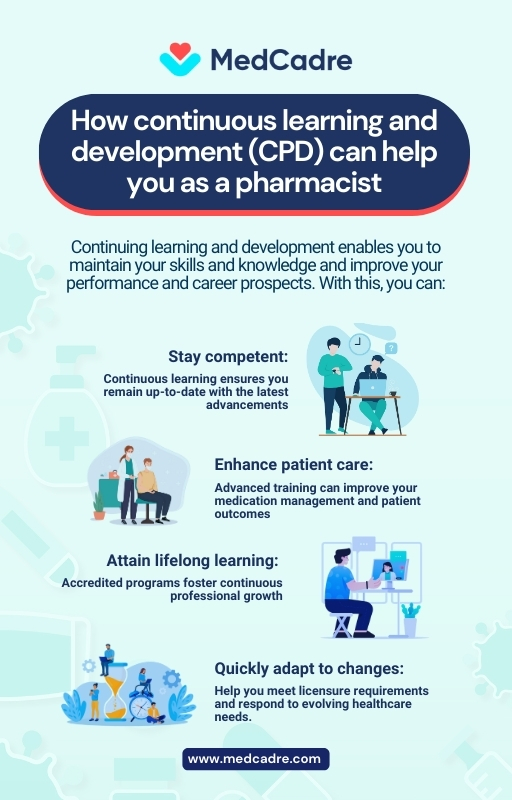
Can I transition to a pharmacist career?
If you are already working as a healthcare professional, for instance, as a pharmacy assistant, nurse, or even a medical technician, you can change and become a pharmacist. This requires understanding how to become a pharmacist, which is a process that requires you to meet the requirements for pharmacy qualification. You would have to take your undergraduate studies, mostly on science courses, and then pursue a Doctor of Pharmacy (Pharm.D) program. After completing college, you then have to be licensed to practice as a pharmacist legally. Due to your experiences in the field of healthcare, you already had some experience beforehand that would even make your profession more rewarding in the long run.
Navigating your pharmacy career: the MedCadre advantage
For those who are looking to start and advance their career as a pharmacist, it is usually a long journey with continuous education, networking, and finding the right job opportunities. For this, you can bank on online platforms; while many online platforms provide resources for professional development, they are subjected to notable pros and cons. Such sites rarely provide flexibility and delayed payment, which may not enable pharmacists to build their skills at their own pace; moreover, they sometimes lack personalized support and may confuse users due to varied quality and low interaction with industry experts who act as recruitment officers.
MedCadre gives way to a guidance mechanism for career advancement. Its AI-powered portal accelerates the credentialing process, ensuring you can begin your assignment on schedule. Moreover, MedCadre’s transparent pricing model ensures that most of the bill rate goes directly to your pay. Also, our integrated timesheet guarantees prompt approvals, allowing you to receive your payments on time and without errors.
With MedCadre, you can get better jobs with better pay and benefits and find jobs nearer your location per your requirements. With the potential downsides of other platforms, choosing MedCadre not only streamlines your career progression but also enhances your overall experience in the pharmacy field. The pros of being a pharmacist include high earning potential and diverse career opportunities.
You can explore and apply for pharmacist jobs on our website or submit a resume along with basic information.
Our dedicated team of recruiters, empowered with resources and tools, will review your application and match you with relevant job opportunities at top healthcare facilities.
FAQs:
What does a pharmacist do?
A pharmacist is a qualified professional who prepares and dispenses medications, educates patients on their proper use, and monitors for potential side effects and interactions. They also collaborate with healthcare providers to optimize medication therapy and enhance patient care.
How many years does it take to become a pharmacist?
Typically, it takes about 6-8 years to become a pharmacist. This includes 2-4 years of undergraduate coursework and 4 years of Pharm.D. education. Additionally, students must complete internships and clinical rotations to gain practical experience.
What are the key skills and qualifications required to become a pharmacist?
You will need a strong science background, excellent communication skills, and attention to detail. Analytical and management skills are also key. A Doctor of Pharmacy (Pharm.D) degree and state license are required.
How does MedCadre support pharmacists’ career advancement?
MedCadre offers an AI-driven portal that speeds up the credentialing process by 30%, allowing you to start your new assignment on time and allowing pharmacists to manage their job search without disrupting current responsibilities.
Why choose MedCadre over other platforms?
MedCadre’s integrated timesheet ensures timely approvals, enabling you to receive our payments accurately and on schedule. This enhances the overall experience for pharmacists seeking career opportunities.

